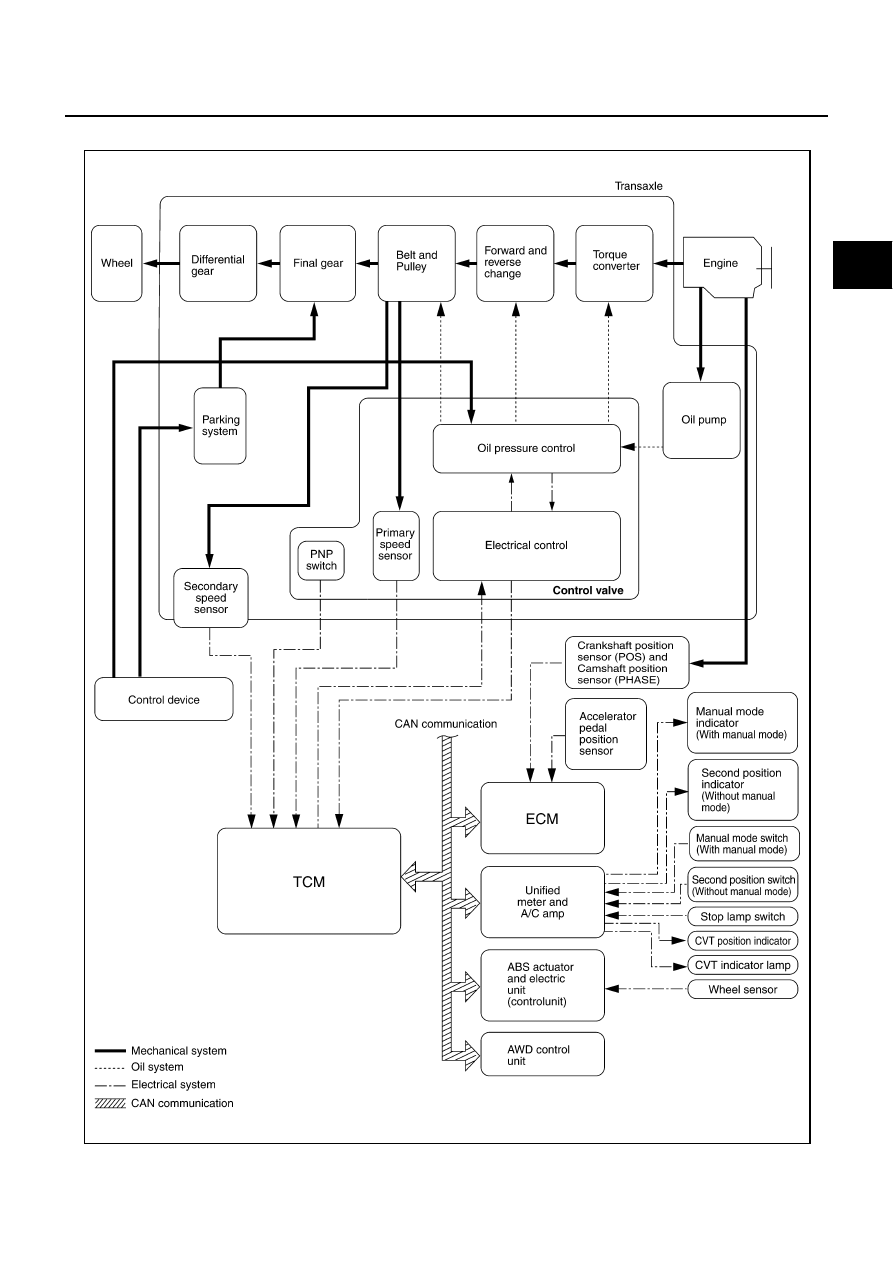Nissan Murano Z50 (2005 year). Manual - part 59

CVT SYSTEM
CVT-21
D
E
F
G
H
I
J
K
L
M
A
B
CVT
Revision: 2005 August
2005 Murano
Control System
ACS0029J
SCIA6883E
|
|
|

CVT SYSTEM CVT-21 D E F G H I J K L M A B CVT Revision: 2005 August 2005 Murano Control System ACS0029J SCIA6883E |